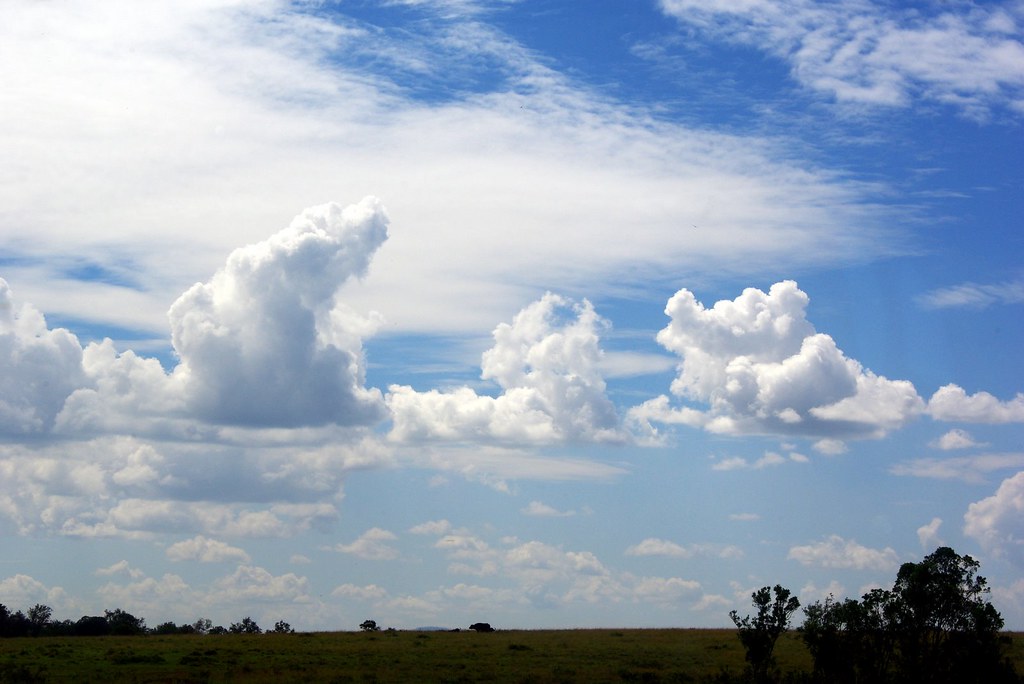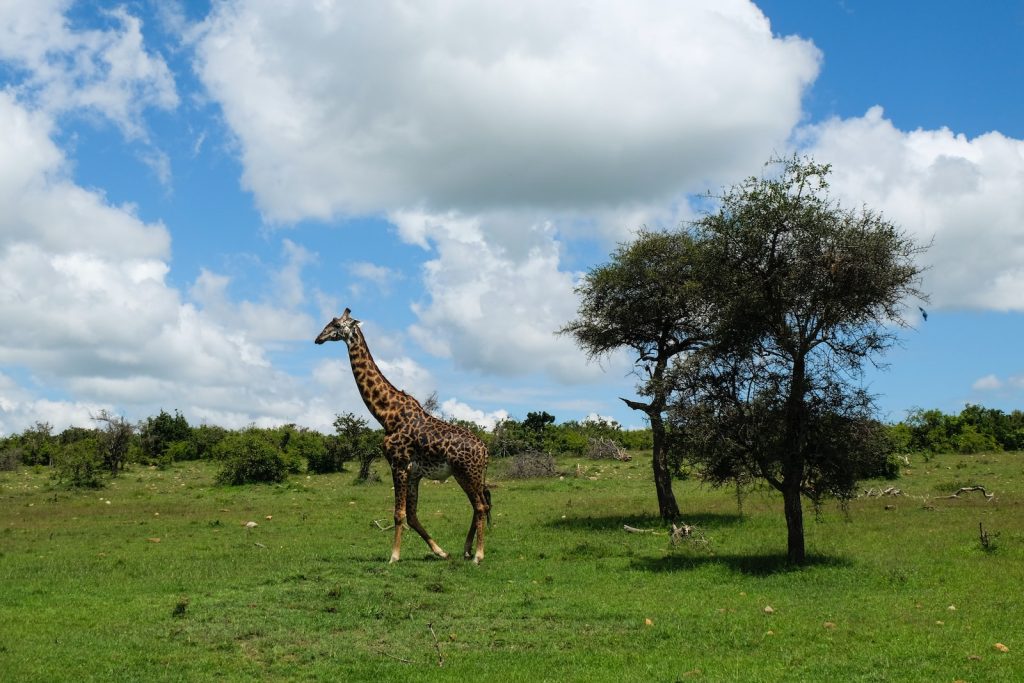Masai Mara is one of the most popular wildlife destinations in the world. Located in southwestern Kenya, it is home to a diverse range of wildlife, including lions, elephants, cheetahs, and wildebeests.
However, one of the most important factors that visitors need to consider when planning a trip to Masai Mara is the weather.
The weather in Masai Mara can have a significant impact on your experience, so it is important to understand the climate and weather patterns before you go.
Climate of Masai Mara
Masai Mara is situated near the equator and has a warm and humid climate. The area has two rainy seasons and two dry seasons.
The dry seasons occur between June and September and between December and February. The rainy seasons occur between March and May and between October and November.
The average temperature in Masai Mara is around 28 degrees Celsius during the day and 15 degrees Celsius at night. The climate in Masai Mara is generally mild, with temperatures ranging from 20 to 30 degrees Celsius.
Weather Patterns in Masai Mara
The dry season in Masai Mara is from December to March. During this time, the weather is generally sunny and dry, and there is little rainfall. This is considered the best time to visit for wildlife viewing, as the animals tend to congregate around water sources.
The wet season in Masai Mara is from April to June and October to November. During these months, the weather is generally cloudy and humid, and there is a high chance of rainfall.
The rains can make the roads in Masai Mara difficult to navigate, and some camps and lodges may be inaccessible.
The short rains in Masai Mara occur between November and December. During this time, the weather is generally mild, with occasional rain showers.
The long rains in Masai Mara occur between March and May. During this time, the weather is generally wet, with heavy rain showers that can last for several hours. Read my article on the best times of the year for safari in Kenya.
Effects of Weather on Tourism in Masai Mara
The weather in Masai Mara can have a significant impact on tourism in the area. During the dry season, wildlife sightings are more common, as the animals tend to congregate around water sources. However, this is also the peak tourist season, so accommodation and tour prices may be higher.
During the wet season, the landscape is lush and green, and there are fewer tourists in the area. However, the roads can be difficult to navigate, and some camps and lodges may be closed due to the weather.
Interested in a Kenya Safari Package?
Click “Get Safari Quote” below to contact us and we will provide you a competitively priced Kenya safari package based on your budget and preferences
Masai Mara Weather in January
In January, Masai Mara experiences hot and dry weather with low precipitation levels. The average temperature during the day is around 28°C, while at night, it drops to around 12°C.
The weather conditions during this month make it an excellent time for wildlife viewing, as the animals tend to congregate around water sources.
However, visitors should be prepared for the heat and bring appropriate clothing and sunscreen. January is also a popular month for visitors, so it is advisable to book accommodation and tours in advance.
Masai Mara Weather in February
February is one of the best months to visit Masai Mara as the weather is hot and dry, making it perfect for wildlife viewing. The average temperature during the day is around 28°C, while at night, it drops to around 13°C.
Precipitation levels remain low, and the sky is mostly clear, providing excellent opportunities for photography. However, visitors should be prepared for the heat and bring appropriate clothing and sunscreen.
February is a popular month for visitors, so it is advisable to book accommodation and safaris to Masai Mara in advance.
Masai Mara Weather in March
March marks the start of the long rainy season in Masai Mara. The weather during this month is warm and humid, with occasional rain showers throughout the day. The average temperature during the day is around 27°C, while at night, it drops to around 13°C.
The rain can make some roads difficult to navigate, but it also brings the landscape to life with lush greenery. Wildlife viewing is still possible, but visitors should be prepared for wet conditions and bring appropriate clothing and gear.
March is a less busy month, and visitors can enjoy lower prices on accommodation and tours.
Masai Mara Weather in May
May is towards the end of the long rainy season in Masai Mara, and the weather during this month is still humid and wet. The average temperature during the day is around 25°C, while at night, it drops to around 12°C.
The rain can be heavy at times, making it difficult to navigate the roads, and some camps and lodges may be closed. However, the lush green landscape is ideal for photography, and the birdlife is abundant.
Wildlife viewing is still possible, but visitors should be prepared for wet conditions and bring appropriate clothing and gear. May is a less busy month, and visitors can enjoy lower prices on accommodation and tours.
Masai Mara Weather in June
June marks the start of the dry season in Masai Mara, and the weather during this month is cooler and drier. The average temperature during the day is around 24°C, while at night, it drops to around 11°C.
The landscape is still lush from the previous rains, and wildlife viewing is excellent, as animals gather around the remaining water sources. The skies are mostly clear, providing perfect conditions for photography.
June is also the beginning of the high season, with many visitors flocking to the reserve to witness the Great Wildebeest Migration, so it is advisable to book accommodation and tours in advance. You can observe the migration by taking an optional hot air balloon Mara safari.
Masai Mara Weather in July
July is one of the best months to visit Masai Mara as the weather is dry and mild, making it perfect for wildlife viewing. The average temperature during the day is around 23°C, while at night, it drops to around 10°C.
The landscape is still lush from the previous rains, and wildlife viewing is excellent, with the Great Migration in full swing. The skies are mostly clear, providing perfect conditions for photography. July is a very popular month for visitors, so its best to book accommodation and tours in advance.
Masai Mara Weather in August
Masai Mara is a wonderful destination for wildlife viewing, and August stands out as one of the best months to visit. The weather is typically dry and mild, providing ideal conditions for spotting wildlife. During the day, the average temperature hovers around 23°C, and at night, it drops to around 10°C
The landscape is dry and barren, with little vegetation, making it easier to spot wildlife. The Great Migration is still ongoing, providing excellent opportunities to witness the spectacle. The skies are mostly clear, providing perfect conditions for photography.
Masai Mara Weather in September
September is towards the end of the dry season in Masai Mara, and the weather during this month is dry and mild, with little to no rainfall. The average temperature during the day is around 27°C, while at night, it drops to around 13°C.
The landscape is still dry and barren, with little vegetation, making it easier to spot wildlife. The Great Migration is still ongoing, providing excellent opportunities to witness the spectacle.
The skies are mostly clear, providing perfect conditions for photography.
Masai Mara Weather in October
October is towards the end of the short rainy season in Masai Mara, and the weather during this month is warm and humid, with occasional rain showers. The average temperature during the day is around 27°C, while at night, it drops to around 13°C.
The landscape is still green from the recent rains, and wildlife viewing is excellent, as animals disperse throughout the reserve. The skies are mostly clear, providing perfect conditions for photography. October is a less busy month, and visitors can enjoy lower prices on accommodation and tours.
Best Time to Visit Masai Mara
The best time to visit Masai Mara depends on your priorities. If you want to see the wildlife, the dry season from December to March is the best time to visit.
If you want to avoid the crowds and enjoy the lush landscape, the wet season from April to June and October to November is the best time to visit.
It is important to pack appropriate clothing and gear for the weather conditions. If you are visiting during the dry season, be sure to bring sunscreen, a hat, and light clothing. If you are visiting during the wet season, be sure to bring waterproof clothing and shoes.
Interested in a Kenya Safari Package?
Click “Get Safari Quote” below to contact us and we will provide you a competitively priced Kenya safari package based on your budget and preferences
Google Review About Us By Past Clients
Our driver, Jackson, was AMAZING! He definitely a big factor in making our experience so unique.




